What’s Really Causing Your Sneezing at Home
In the sanctuary of our homes, we often find solace and comfort, believing it to be a refuge from the allergens that plague the outside world. However, the reality is that many of the sneezes and sniffles we experience are caused by hidden culprits lurking within our own walls. These unexpected triggers can be as stealthy as they are varied, ranging from everyday household items to invisible particles that infiltrate our living spaces. This article embarks on a journey to uncover the top 10 surprising triggers that could be responsible for your sneezing fits at home, providing insights and solutions to help you breathe easier.
1. The Dust Mite Menace
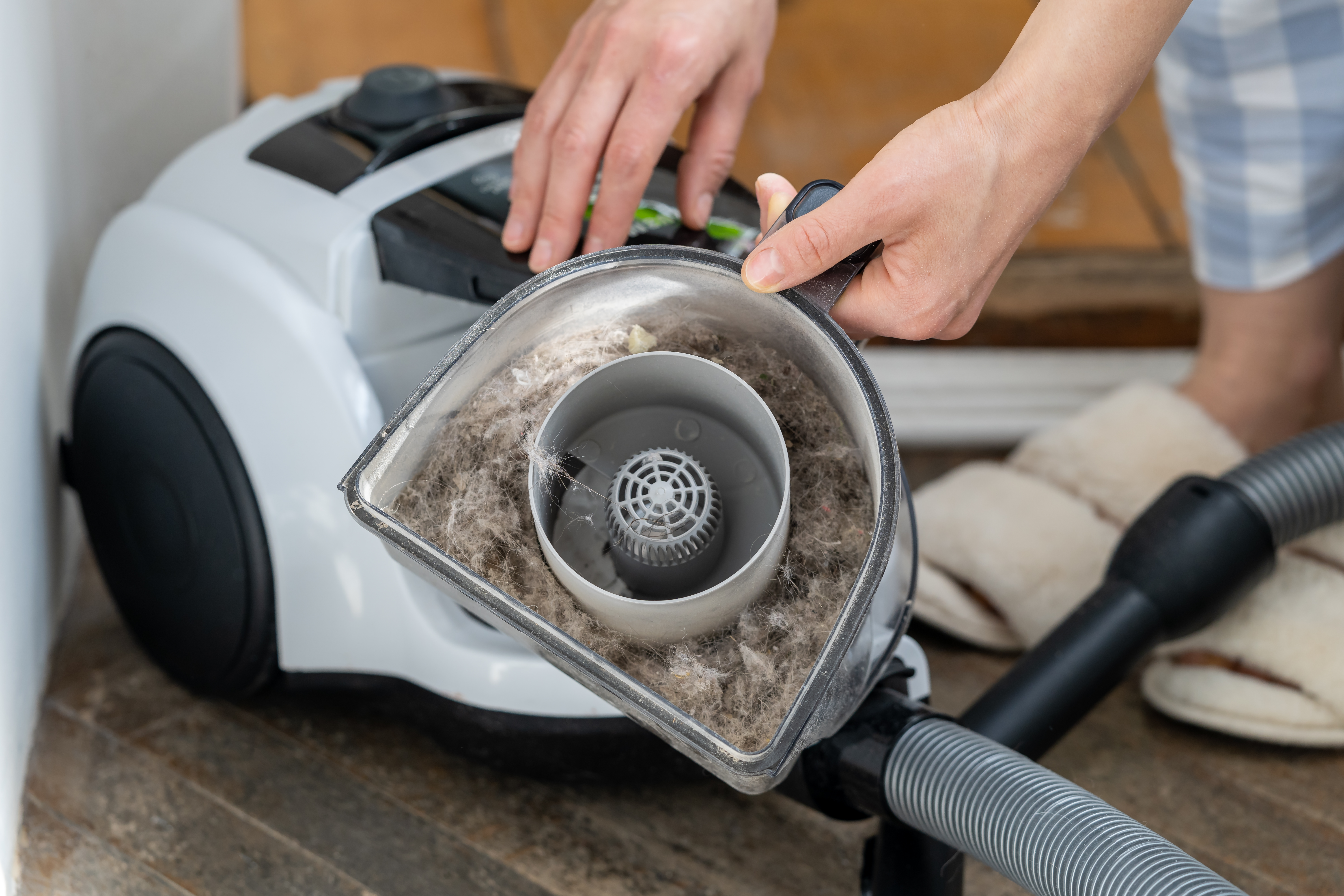
Dust mites are microscopic creatures that thrive in warm, humid environments, making them a common inhabitant of mattresses, pillows, and upholstered furniture. These tiny arachnids feed on the dead skin cells we shed, and their waste products are potent allergens. Dust mites can cause sneezing, runny noses, and itchy eyes, often exacerbating asthma symptoms. Regular cleaning, using allergen-proof covers, and maintaining low humidity levels can help reduce their presence. Understanding the role of dust mites in your home is crucial, as they are often overlooked but can significantly impact your respiratory health.
2. Mold's Hidden Hold
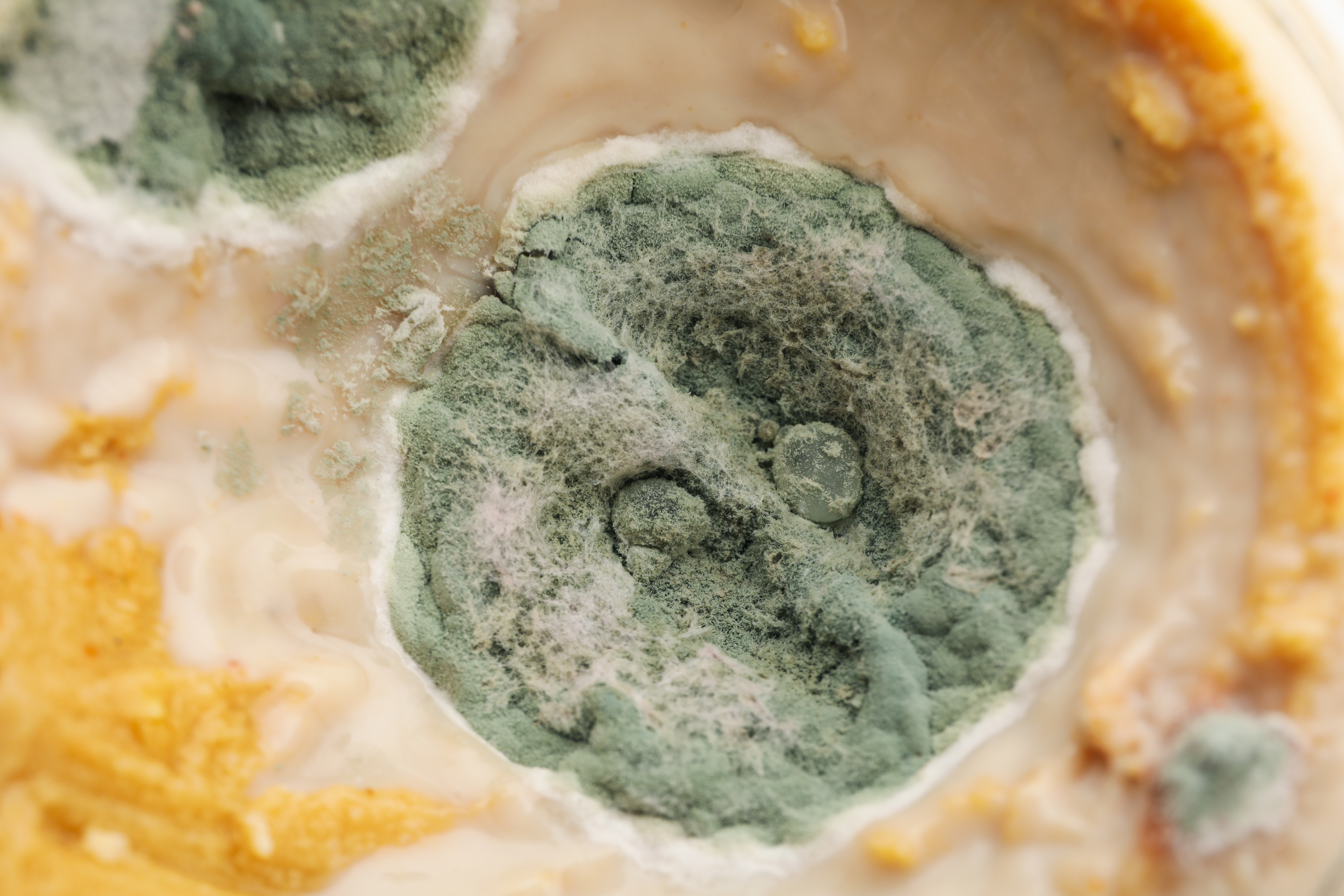
Mold is another insidious allergen that can thrive in damp areas of your home, such as bathrooms, basements, and even behind wallpaper. Mold spores are airborne and can trigger allergic reactions that manifest as sneezing, coughing, and nasal congestion. The key to controlling mold is to manage moisture levels by fixing leaks, using dehumidifiers, and ensuring proper ventilation. Regularly inspecting and cleaning susceptible areas can prevent mold growth. Recognizing mold as a potential allergen is essential for maintaining a healthy indoor environment, as its effects can be both immediate and long-lasting.
3. The Pollen Problem Indoors
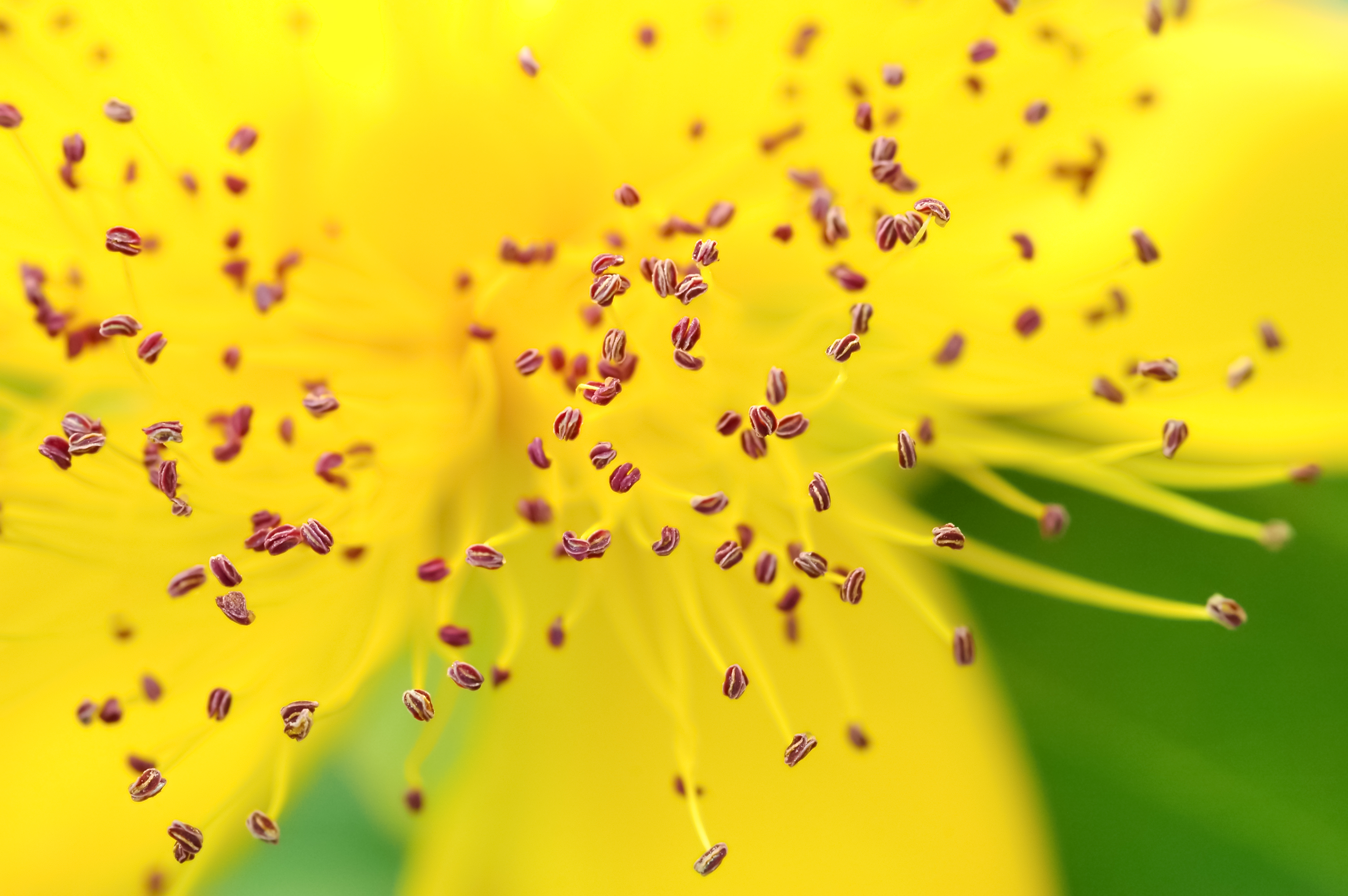
While pollen is typically associated with the outdoors, it can easily make its way inside through open windows, doors, and on clothing or pets. Once indoors, pollen can settle on surfaces and become a persistent allergen. During peak pollen seasons, it's advisable to keep windows closed and use air purifiers to reduce indoor pollen levels. Regular cleaning of surfaces and changing air filters can also help minimize exposure. Being aware of how pollen infiltrates your home can help you take proactive steps to reduce its impact on your health.
4. Pet Dander Dilemmas
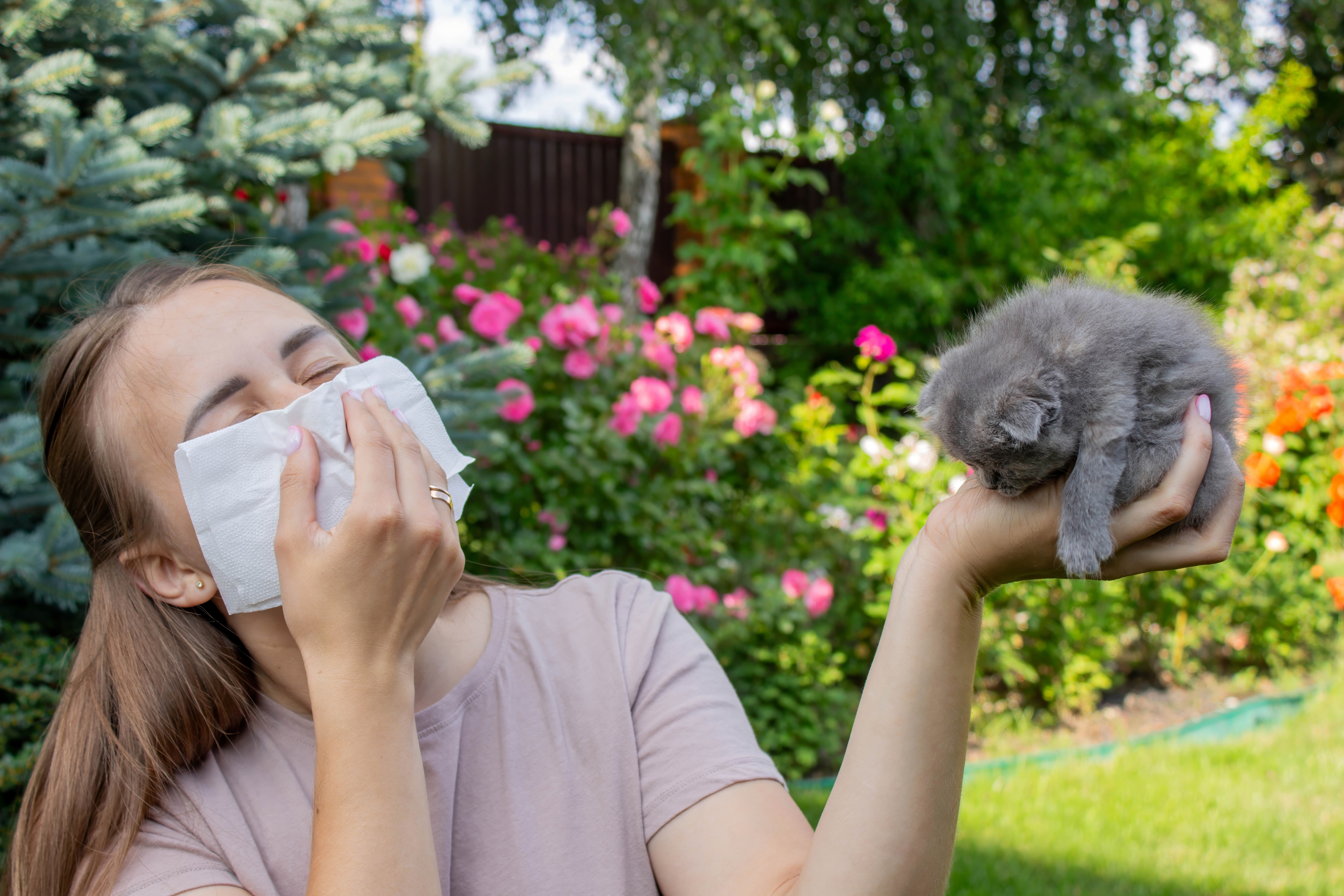
Pet dander, consisting of tiny, even microscopic flecks of skin shed by cats, dogs, and other animals with fur or feathers, is a common allergen in homes with pets. Contrary to popular belief, it's not the pet hair itself that causes allergic reactions, but the proteins found in their dander, saliva, and urine. Regular grooming, cleaning, and using HEPA filters can help manage pet dander levels. For those with severe allergies, creating pet-free zones in the home can provide relief. Understanding pet dander's role in allergies is vital for pet owners seeking to balance their love for animals with their health needs.
5. The Impact of Indoor Plants
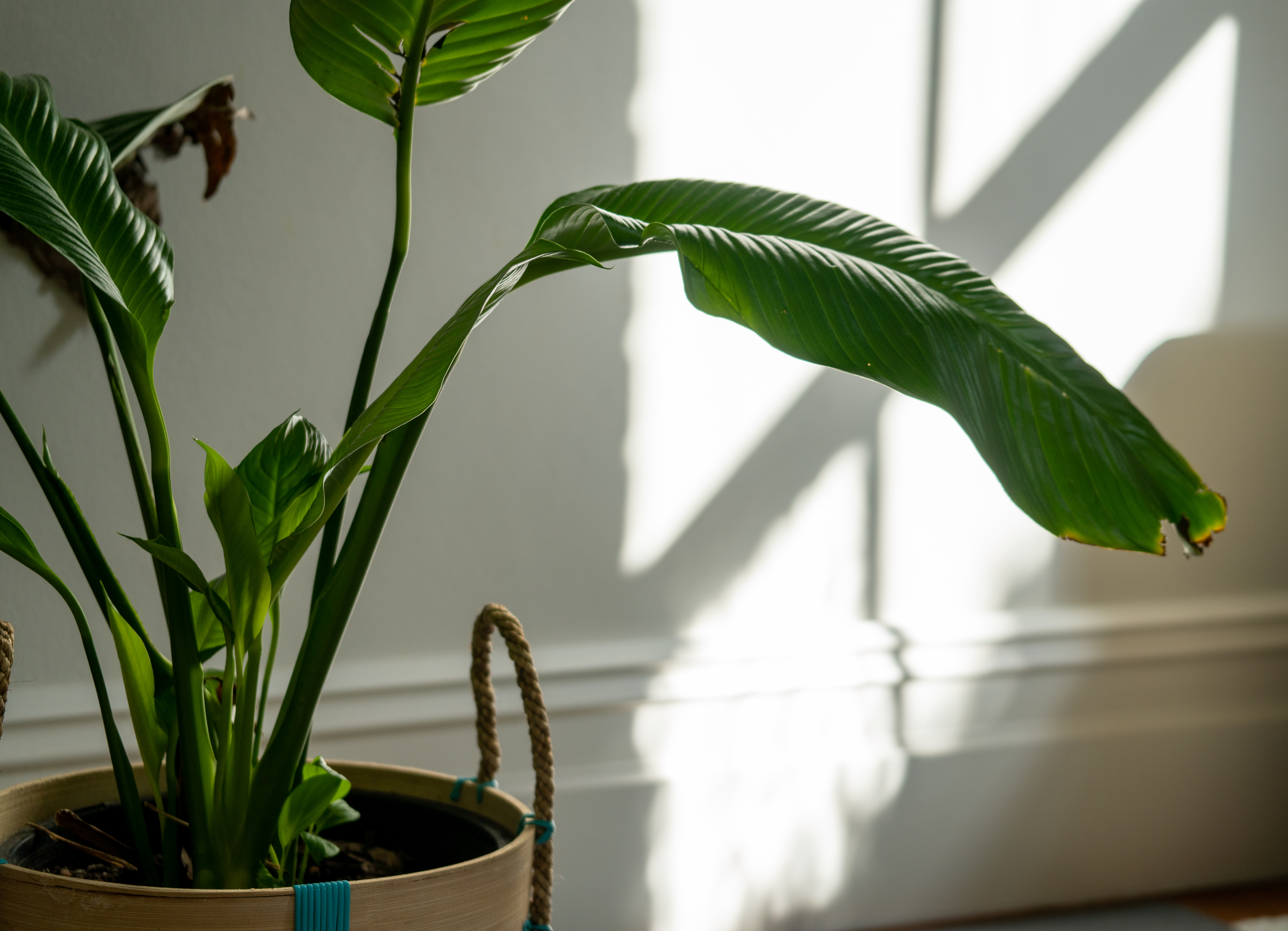
While indoor plants are often praised for their air-purifying abilities, they can also be a source of allergens. Some individuals may be allergic to the pollen produced by certain plants or the mold that can grow in the soil. Choosing low-pollen plants and ensuring proper drainage to prevent mold growth can mitigate these issues. Additionally, regularly wiping down plant leaves and keeping pots clean can help reduce allergens. Recognizing that even beneficial elements like plants can contribute to allergies is key to creating a balanced and healthy home environment.
6. Chemical Culprits in Cleaning Products
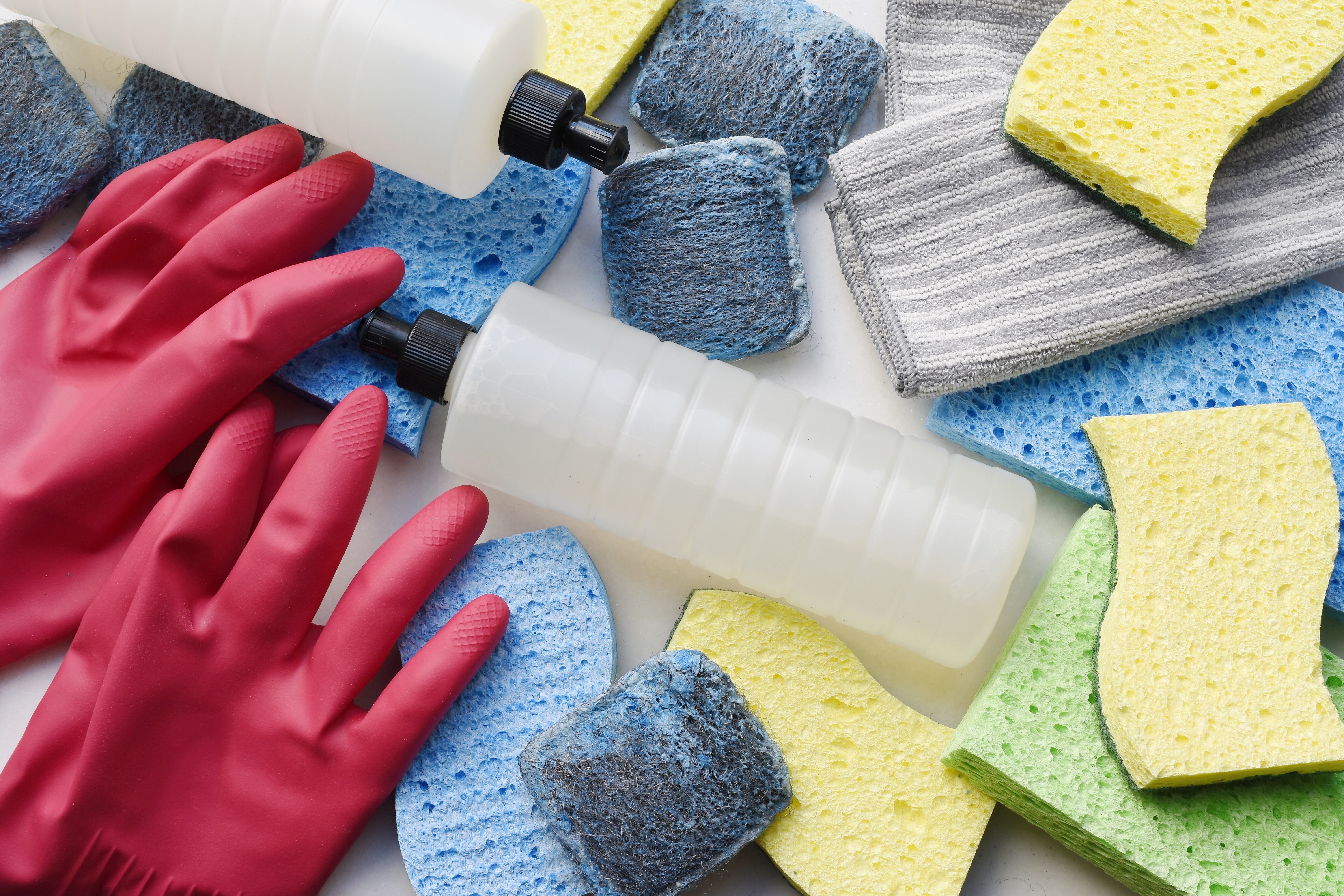
Many household cleaning products contain volatile organic compounds (VOCs) and other chemicals that can irritate the respiratory system, leading to sneezing and other allergy-like symptoms. Products with strong fragrances or harsh chemicals are often the worst offenders. Opting for fragrance-free or natural cleaning products and ensuring proper ventilation during cleaning can reduce exposure. Being mindful of the chemicals used in your home is crucial, as they can have a significant impact on indoor air quality and your overall health.
7. The Role of Cockroach Droppings

Cockroaches are not just unwelcome pests; their droppings, saliva, and decomposing bodies can trigger allergic reactions and asthma attacks. These allergens are particularly concerning in urban environments and can be challenging to control. Keeping a clean home, sealing entry points, and using pest control measures can help manage cockroach populations. Understanding the connection between cockroaches and allergies underscores the importance of pest management in maintaining a healthy living space.
8. The Influence of Air Fresheners

Air fresheners, designed to mask odors, often contain chemicals that can irritate the respiratory system and trigger allergies. The synthetic fragrances used in these products can cause sneezing, headaches, and even exacerbate asthma symptoms. Opting for natural alternatives such as essential oils or simply improving ventilation can help freshen the air without the adverse effects. Recognizing the potential harm of air fresheners is essential for those looking to improve their indoor air quality and reduce allergen exposure.
9. The Threat of Tobacco Smoke

Tobacco smoke is a well-known irritant that can exacerbate allergies and respiratory conditions. Even secondhand smoke, which lingers in the air and settles on surfaces, can trigger sneezing and other allergic reactions. Ensuring a smoke-free home environment is crucial for protecting the health of all occupants, particularly children and those with preexisting conditions. Understanding the pervasive impact of tobacco smoke highlights the importance of maintaining a clean air environment in your home.
10. The Unseen Effects of Building Materials
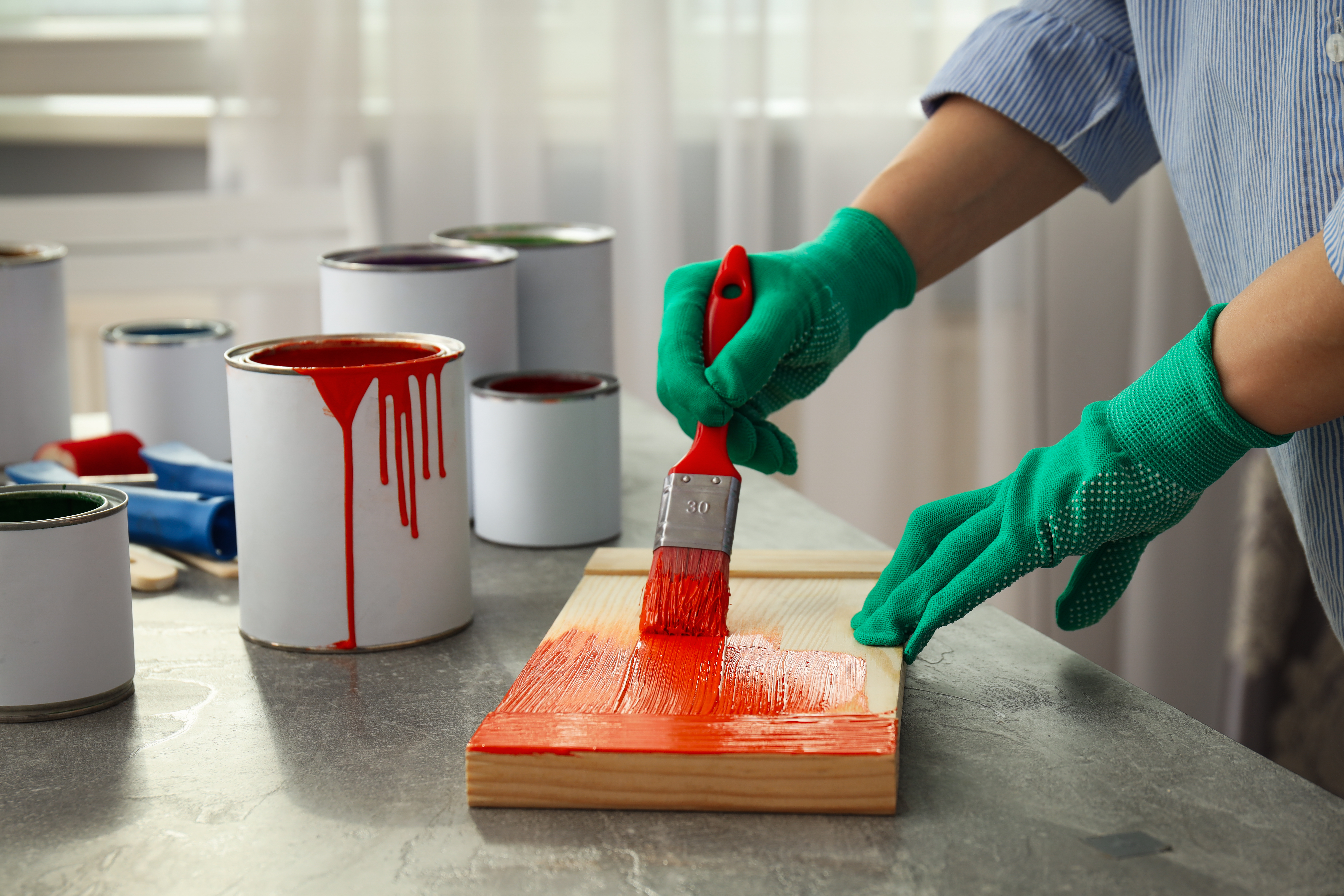
Building materials such as paint, insulation, and flooring can release VOCs and other allergens into the air, contributing to indoor air pollution. These substances can cause irritation and allergic reactions, often going unnoticed until symptoms arise. Choosing low-VOC materials and ensuring proper ventilation during and after renovations can help mitigate these effects. Recognizing the impact of building materials on indoor air quality is vital for those looking to create a healthier home environment.
Crafting an Allergy-Free Haven

Identifying and addressing the hidden culprits behind your sneezes at home requires a comprehensive approach to understanding and managing indoor allergens. By recognizing the diverse sources of allergens—from dust mites and mold to pet dander and chemical irritants—you can take proactive steps to reduce their presence and impact. Implementing regular cleaning routines, choosing hypoallergenic products, and improving ventilation are just a few strategies to create a healthier living space. Ultimately, by uncovering these hidden triggers, you can transform your home into a true sanctuary, free from the sneezes and discomforts of allergies.